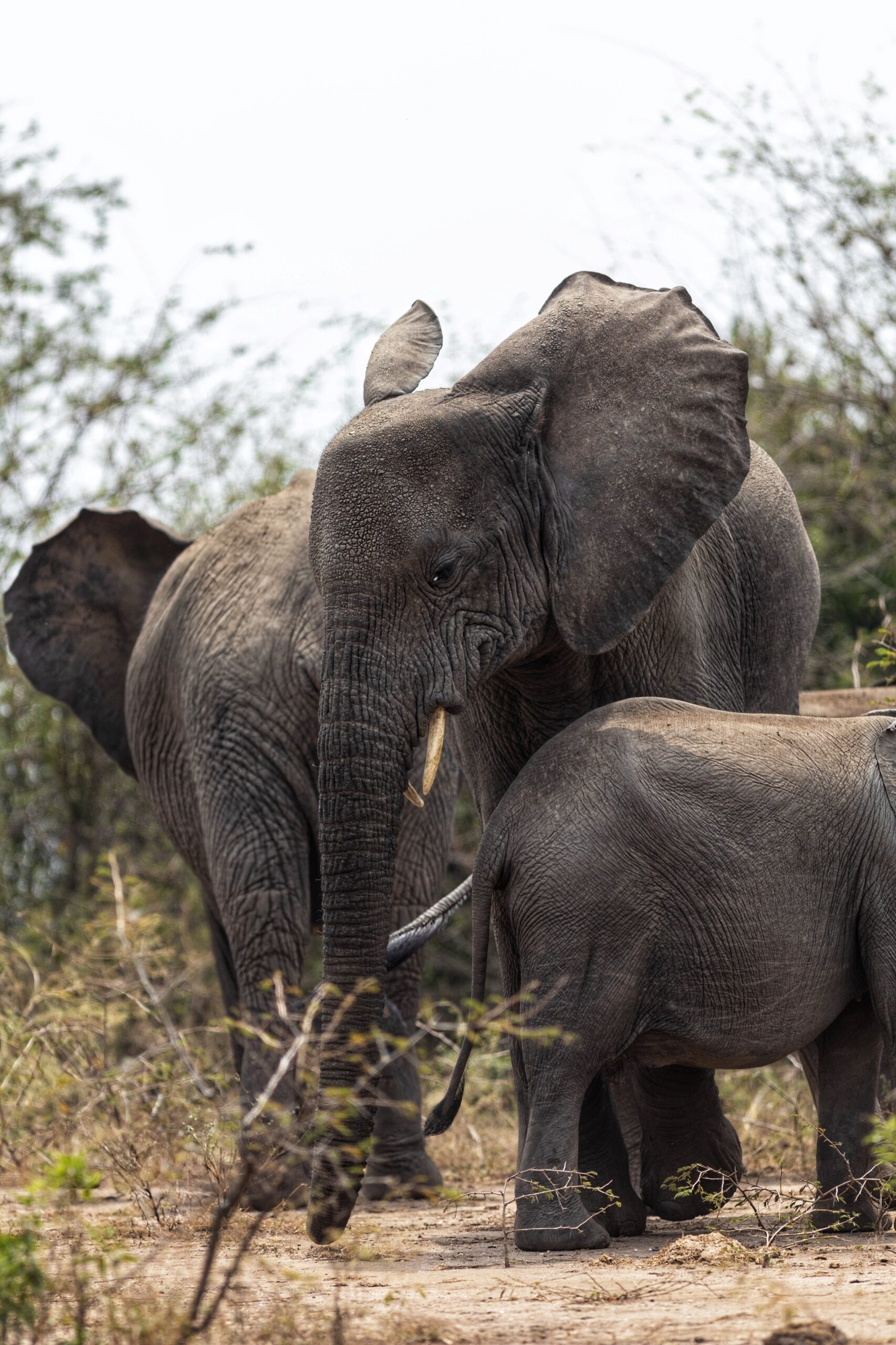Explore the Pearl of Africa: Uganda Awaits
Uganda, often referred to as the “Pearl of Africa,” is a treasure trove of natural beauty and diverse wildlife. From the mist-covered mountains to the vast savannas, this land is a paradise for adventure seekers and nature lovers. Our tours offer you the unique opportunity to witness the famous mountain gorillas, playful chimpanzees, majestic lions, and a plethora of bird species.
Uganda
Mountain Gorilla Trekking
Bird Watching Paradise
Cultural Immersion
River Nile Adventures
Savanna Safaris
Primate Encounters
Mountain Hiking
Our Custom Itineraries Are Your Path to Adventure
No available tours
It seems we can’t find what you’re looking for.
See Wildlife Like Nowhere Else In The World
Uganda’s People Are Its Soul
Experience the warmth and vibrancy of Ugandan culture. Our tours introduce you to the local customs, traditions, and the welcoming spirit of the Ugandan people. Engage with local communities, taste traditional cuisine, and immerse yourself in the rich tapestry of life in Uganda.


National Parks: Uganda's Natural Wonders
Here's a guide to each of Uganda's national parks, showcasing what they are best known for:
Bwindi Impenetrable National Park
Queen Elizabeth National Park
Murchison Falls National Park
Kibale National Park
Mgahinga Gorilla National Park
Lake Mburo National Park
Rwenzori Mountains National Park
Semuliki National Park
Kidepo Valley National Park
Mount Elgon National Park
Best Time to Travel To Uganda: A Seasonal Guide
Uganda’s equatorial climate makes it a delightful destination year-round. With its unique weather patterns and consistent temperatures, every season offers a distinct safari experience. Here’s a detailed guide to help you choose the best time for your Ugandan adventure.
Understanding Uganda’s Climate:
- Temperatures: Uganda enjoys a pleasant tropical highland climate. Daytime temperatures average around 26°C (78°F), while nighttime temperatures drop to around 16°C (61°F). This comfortable climate is consistent throughout the year, with little variation.
- Mountainous Regions: The mountainous areas, particularly in the northwest like the Rwenzori Mountains, are cooler than the lower-lying eastern regions, offering a refreshing contrast to the warmer plains.
Dry and Wet Seasons:
Dry Seasons (June to September, December to February):
- These are the most popular times for safaris.
- Wildlife is easier to spot as animals gather around water sources.
- The weather is generally sunny and dry, ideal for game drives and gorilla trekking.
- Temperatures are comfortable, making it pleasant for outdoor activities.



Wet Seasons (March to May, October to November):
- The landscape is lush and green, perfect for photography.
- Birdwatching is particularly good during this time, with migratory birds present.
- Although traditionally considered the rainy season, there are often breaks in the rain, and it’s less predictable than in the past.
- Some lodges offer discounts during this period.
Wildlife Spotting in Different Seasons:
- Dry Season – The sparse vegetation and concentration of wildlife around water sources make animal spotting more accessible. This is also the best time for gorilla and chimpanzee trekking as the paths are drier and less slippery.
- Wet Season – The parks are less crowded, and the scenery is spectacular with vibrant flora. The wetter conditions can make some roads and trails more challenging, but the experience of the wilderness in full bloom is unparalleled.
Special Considerations About Traveling To Uganda:
- Gorilla Permit Availability – If your trip includes gorilla trekking, note that permits for July and August sell out quickly. It’s advisable to secure your permit at least 6 months in advance.
- Seasonal Variations – Even in the wet season, Uganda’s weather can be unpredictable, with some dry spells. Similarly, the dry season can have occasional showers.
Choosing the right time to travel to Uganda depends on your interests and what you hope to see and experience. With Miombo Safaris, every season brings its unique magic, and we are committed to providing a memorable safari experience, no matter the time of year.









